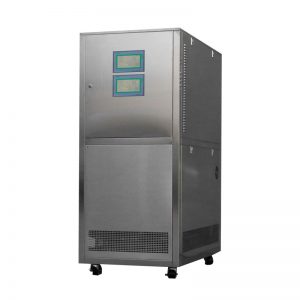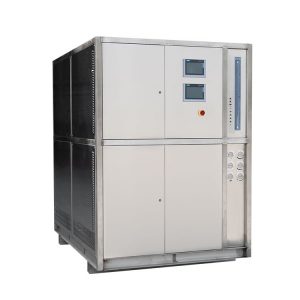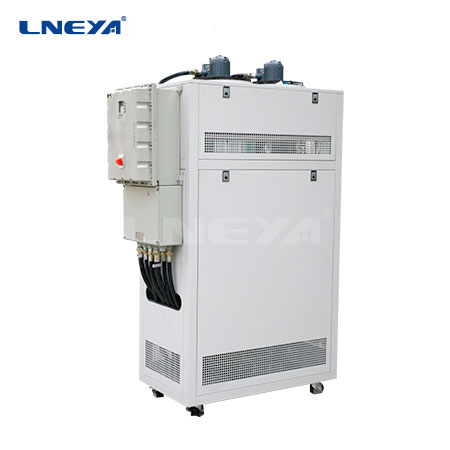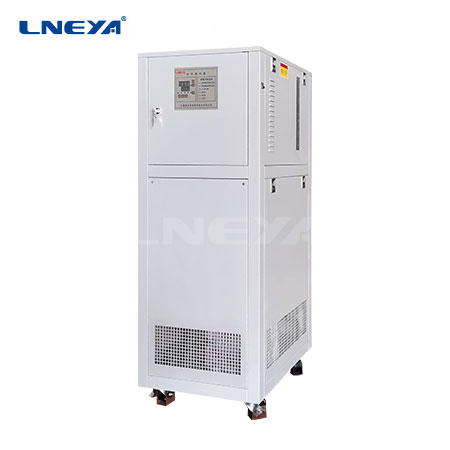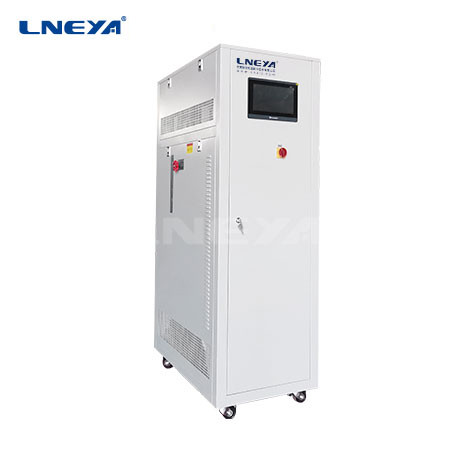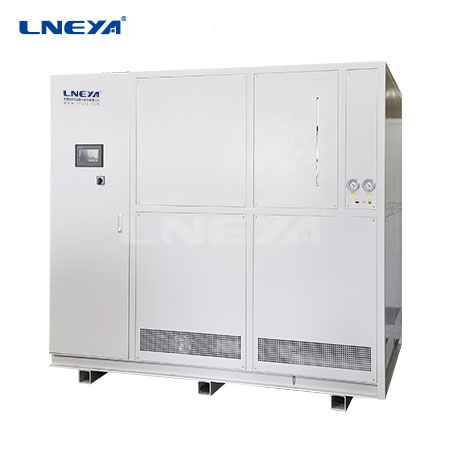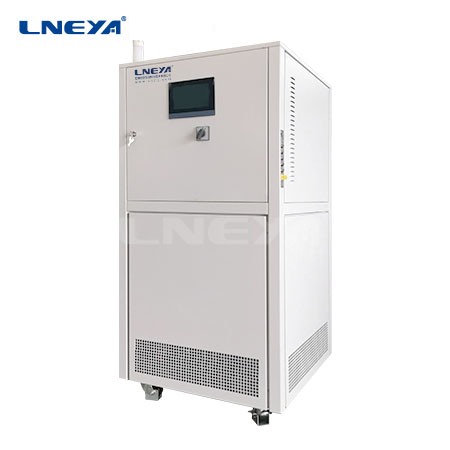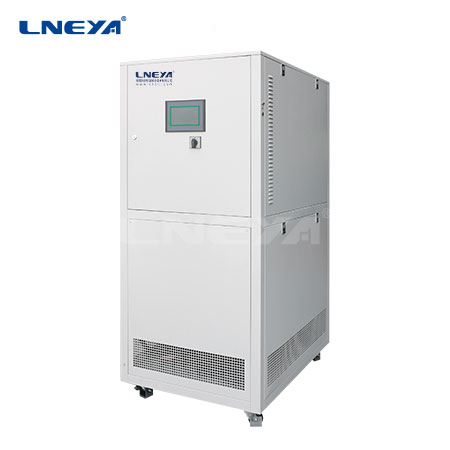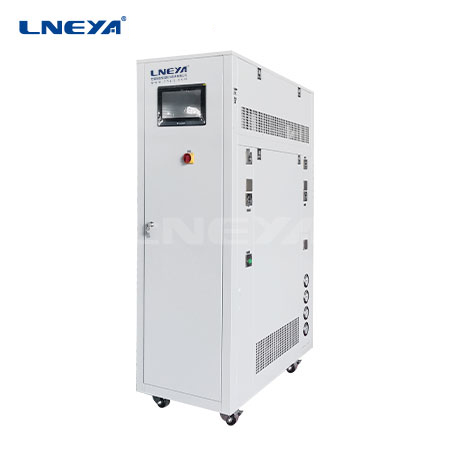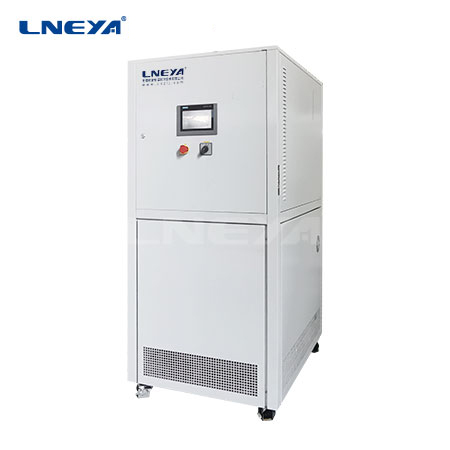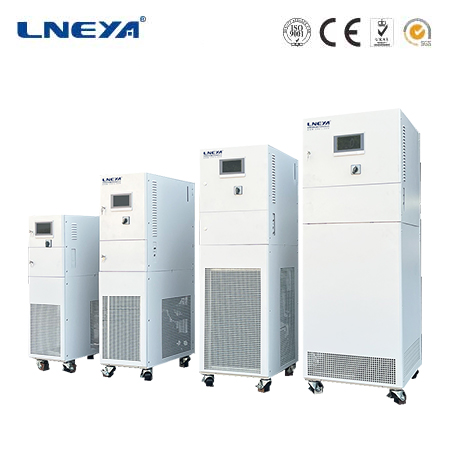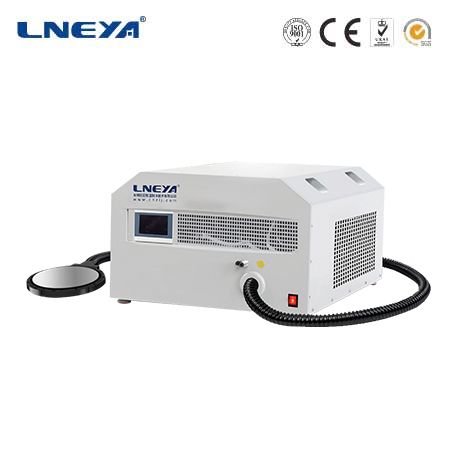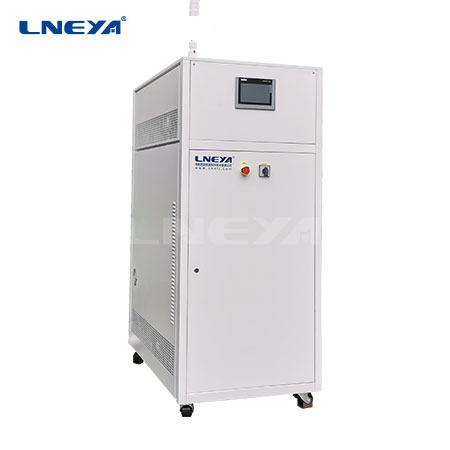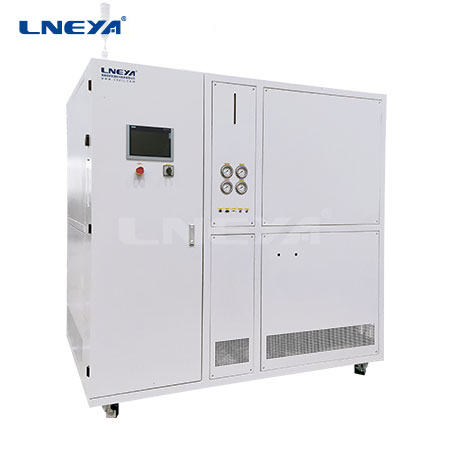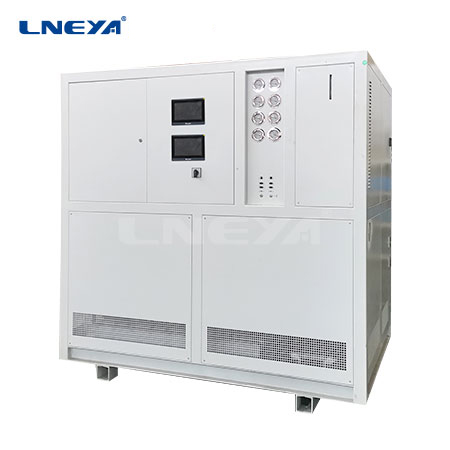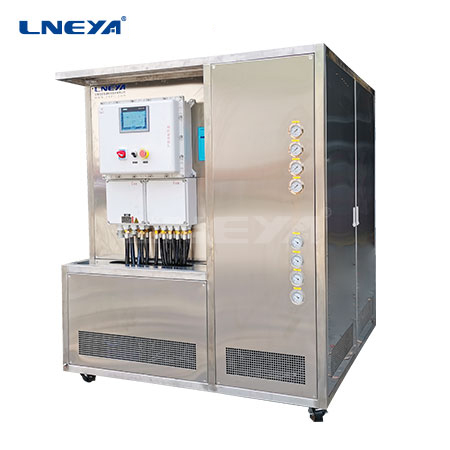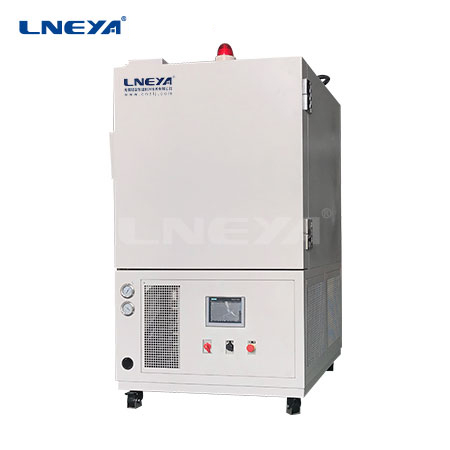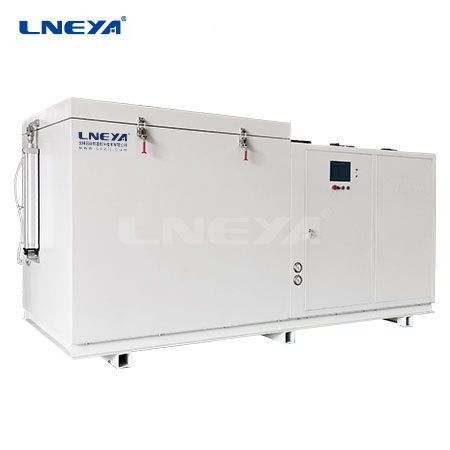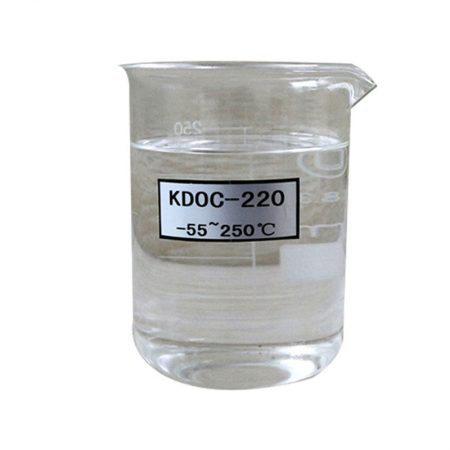The Difference Between Air-Cooled Chiller and Water-Cooled Chiller
A chiller is a temperature-controlled device that uses a refrigeration system to remove heat. They play an important role in many businesses and industries. There are two refrigeration types of chillers. Both air-cooled and water-cooled chillers rely on airflow for heat transfer. Air-cooled chillers use ambient air, while water-cooled chillers rely on airflow to pair with water. In order to help you learn more about the refrigeration types of chillers, we provide you with a detailed introduction to the water-cooled chillers and air-cooled chillers on the market.
Water-cooled chillers are common in indoor installations. To ensure proper functioning of the additional components and cooling tower, an additional mechanical room is required. Water-cooled chillers use water as a refrigerant and do not contain any toxic elements. It has separate condenser water circuits for cooling and cooling tower heat rejection.
Water-cooled chillers include the following components:
• Cooling Tower
• Chiller
• Reservoir
• Condensate pump
These are usually suitable for medium to large spaces with plenty of water. They transfer heat more efficiently, saving energy costs. Since the chiller is suitable for indoor installation, it is not affected by environmental factors such as rain, snow, heat and ice, so it works more efficiently. Water-cooled chillers provide cooling at relatively low pressures because the water temperature is typically lower than air, which is proportional to low operating costs. The chiller does not make any sound. Chillers are relatively more efficient at cooling their surroundings.

Advantages of water-cooled chillers:
• long lasting
• No need for frequent replacement
• Quiet operation
• Efficient cooling
Disadvantages of water-cooled chillers:
• Requires regular maintenance
• Regular cleaning
• Requires a lot of water
• Lower efficiency in wet environments
Air-cooled chillers transfer heat to the air. Air-cooled chillers use aluminum fins for air flow and copper tubes for refrigerant flow. Air-cooled chillers are mainly used in small to medium commercial and industrial spaces to humidify air or cool products. The chiller is compact, efficient and easy to dismantle and install. The unit can remove heat directly by mechanically circulating outside air through the condenser coil. Air-cooled chillers require outside space because they need plenty of fresh air to operate. This also makes them vulnerable to environmental factors such as heat, ice and rain, which can easily lead to damage to parts. Any obstruction in the airflow will result in restricted airflow.

Advantages of air-cooled chillers:
• Relatively cheap
• Easy to install
• No additional parts
• less space
• Better environmental stability, no waste
Disadvantages of air-cooled chillers:
• generates noise
• High power consumption
• Relatively low cooling capacity
• low lifespan
Which is better, air-cooled chiller or water-cooled chiller?
The choice of chiller mainly depends on the various factors, environment and purpose required by the user. Users must consider the following points before making a purchase decision based on their initial investment:
• Energy saving
• Installation costs
• Maintenance costs
• Operating costs
• Equipment Quantity
• Life cycle costs
• Cooling capacity per square foot
Both types of chillers require basic maintenance to ensure optimum levels. In this case, an air-cooled chiller is very useful. Water-cooled chillers are more energy-efficient, cheaper, and have advantages in terms of footprint and noise as many areas face water shortages. However, cooling towers or evaporative condensers are one of the disadvantages of water-cooled chillers, and water treatment is an additional concern. Space is also a major factor that can influence your purchase. Air-cooled chillers can be installed in outdoor spaces, while water-cooled chillers occupy an indoor machine room.
We are a professional manufacturer of temperature control equipment, supporting customized services, please consult us for details!

Low Temperature Water Cooled Chillers
Temperature Control Range: -150°C to -5°C
Application: Various Reactors, Distillation or Extraction System, Laboratory, Research Institute, Chemical, Pharmaceutical, Petrochemical, Biochemical, Medical, Hospital, R&D Workshop, Semiconductor Test, Aerospace, Biological and Other Industries.
| Temperature range | -25°C ~ -5°C series | -45°C ~ -10°C series | -60°C ~ -10°C series | -80°C ~ -30°C series | -110°C ~ -50°C series | -150°C ~ -110°C series |
| Cooling Capacity | up to 360kW | up to 360kW | up to 360kW | up to 270kW | up to 180kW | up to 11kW |

Air Cooled Recirculating Chillers
Temperature Control Range: -120°C to 30°C
Application: Various Reactors, Distillation or Extraction System, Laboratory, Research Institute, Chemical, Pharmaceutical, Petrochemical, Biochemical, Medical, Hospital, R&D Workshop, Semiconductor Test, Aerospace, Biological and Other Industries.
| Temperature range | -25°C ~ 30°C series | -45°C ~ 30°C series | -60°C ~ -20°C series | -80°C ~ -20°C series | -120°C ~ -70°C series |
| Cooling Capacity | up to 38kW | up to 12kW | up to 7.2kW | up to 7.2kW | up to 8.6kW |

Normal Temperature Chillers
Temperature Control Range: +5°C to +50°C
Application: Various Reactors, Distillation or Extraction System, Laboratory, Research Institute, Chemical, Pharmaceutical, Petrochemical, Biochemical, Medical, Hospital, R&D Workshop, Semiconductor Test, Aerospace, Biological and Other Industries.
| Temperature range | -18°C ~ +30°C | +5°C ~ +50°C series |
| Cooling Capacity | up to 0.9kW | up to 50kW |
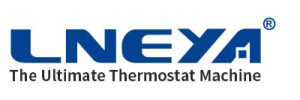 LNEYA
LNEYA
 简体中文
简体中文










